7 tech trends that will rule CES 2018

With the new year comes new tech, and it's not a gradual process. The world's biggest tech show, CES, kicks off before the first week of 2018 is over, with the first official product unveilings on Sunday, Jan. 7. So what will CES 2018 have in store?
First off, brace yourself: CES is a massive blast of technology news, most of it junk. Even looking past the vaporware and fly-by-night companies looking to make a quick buck on last year's trends, CES is where every niche consumer technology comes to have its 15 minutes for the year. A lot of it is important, but only to a few.
SEE ALSO: Stop making smart speakers that look like trash cans
CES is also where you'll see the leaders in virtually every major tech category out in force, and they come to make news. Some industries, like automotives, are attracted to CES because it lets them break out from their own routines and declare themselves tech companies. Traditional players, like TV manufacturers, have a harder time standing out, but when they do, they can take hold of the conversation for the year. And for emerging technologies like 5G or augmented reality, there's simply no bigger platform.
So what does all this mean for CES 2018? Here's a road map of the biggest tech trends you can expect to make headlines at the show:
1. The 5G revolution begins
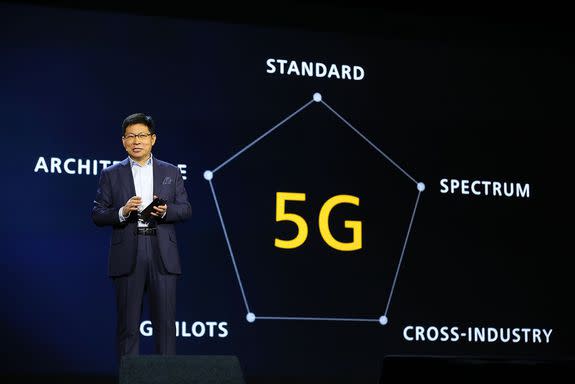
Image: CTA
It feels weird to put 5G first, since virtually no consumers will actually benefit from it in 2018, but it's going to drive so much of the conversation at the show that it affects every other entry on this list, and it's likely what CES 2018 will be remembered for. And to be fair 5G will start to get a little bit real later this year as wireless carriers conduct trials of the ultra-high-speed networking tech, it gets its own showcase at the 2018 Olympics in PyeongChang, South Korea.
Everyone from Intel to Qualcomm to Verizon to China's Baidu will be talking about 5G at the show, exploring how reliable, fast, and always-on wireless connections will fuel the rise of smart cities, driverless cars, and even remote health care. It's probably a little early to see the first generation of consumer devices designed specifically for 5G, but it's never too early to address the security, cost, and privacy challenges that come with giving everything you own its own direct connection to the internet, and there will be plenty of products and services that promise to do just that.
2. Self-driving cars refocus around the passenger
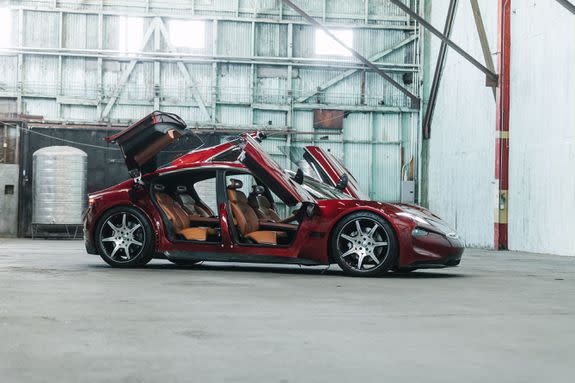
Image: Fisker
It's practically a given at this point: The future of cars is self-driving. With that in mind, automakers know that driverless tech alone won't cut it; they're now in a race to show the most innovative and practical visions of car interiors and infotainment systems. Mercedes-Benz, Toyota, Ford, and others will show off their ideas in that regard, while others, like Rinspeed, look to make a name for themselves by re-imagining what a car even is when it's basically a driverless passenger "pod."
The other big technology driving vehicle innovations is alternative fuels, but the past two years have been a mixed bag in that regard. While the Chevy Bolt, which debuted at CES 2016, has widely been deemed a success, the splashy unveilings from Faraday Future the past two years didn't save the company from a death spiral that's still in progress. Fisker, a brand that's is planning its own comeback at CES 2018 with its EMotion luxury car, will have its work cut out for it.
3. The smart home war that never was
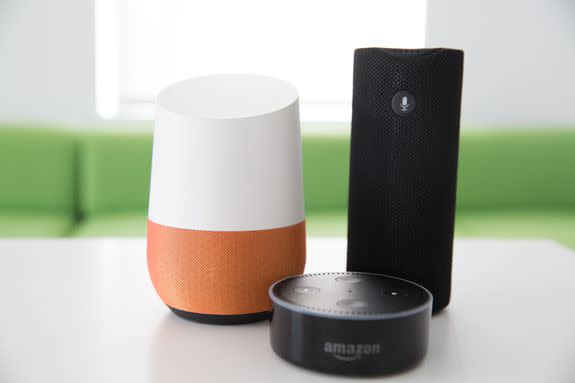
Image: Lili Sams/Mashable
At CES 2017, manufacturers were tripping over themselves to show smart home devices (or "IoT devices") that work with Alexa, Amazon's digital assistant. Google Home, which was still very new, was a relative bush-league player.
No longer. A year later, and with a new generation of products on both sides, Alexa vs. Google Home will be the smart home war of CES 2018. Except it won't be a war. For the most part, third-party manufacturers of smart fridges, speakers, and security cameras will follow the lead of companies like Sonos and build compatibility for both assistants into their products.
Apple and its HomeKit platform won't be entirely absent from CES, but like last year, it'll be mostly an observer, as the product that will really trigger Apple's presence in this space — HomePod — has yet to ship.
Going hand in hand with the integration with digital assistants, smart home devices are trending to the more personal, leveraging AI and computer vision to create more "friendly" experiences like Jibo. That means a new and improved generation of personal robots, though don't expect anything revolutionary.
4. Digital health shakes out
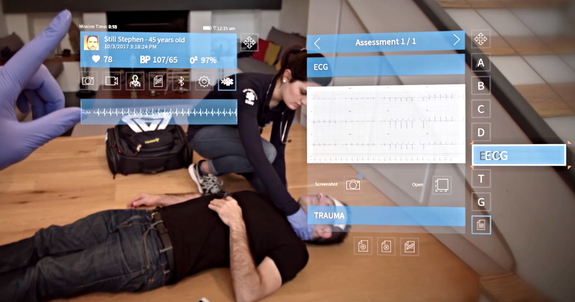
Image: Exelus
The past year hasn't been kind to wearables. Jawbone is done, Fitbit is struggling, and it seems like everyone else is surrendering (or at least acquiescing) to Apple.
That doesn't mean digital health and fitness are gone — it's just changing. Faddish wristbands and casual trackers are out; serious health-care devices and applications are in. The digital health technologies that make the most noise at CES will be things like delivering telemedicine via augmented reality and cloud-connected hearing aids. The throughline: Enabling real-time connections between medical professionals and patients for very specific health needs.
5. Peeking TV's future: MicroLED, 8K
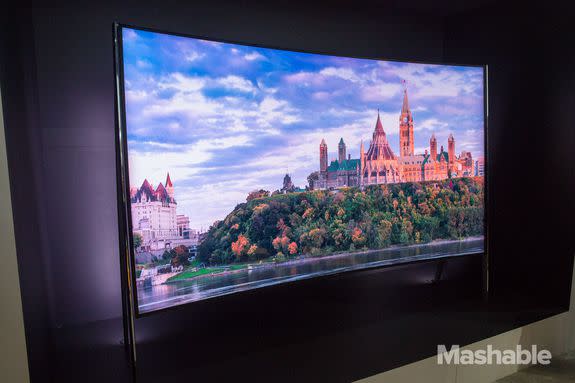
Image: Liz Pierson/Mashable
In many ways, CES is still all about TVs, and while the changes are subtle and incremental, over time they make a huge difference: 10 years ago OLEDs were brand new; now manufacturers like Samsung and LG can't stop talking about them.
Although there will be plenty of OLED panels at CES 2018, there's a new display tech in town called MicroLED. The tech is very similar to OLED, except it substitutes the "O," which stands for "organic," for an inorganic substance, and the subpixels (the ones that create the red, green, or blue light) are very small.
MicroLEDs supposedly have many advantages over OLEDs, with better contrast, brightness, and energy efficiency as well as better resistance to burn-in — one of the chief complaints about the OLED screen on the Google Pixel 2 XL. Sony has shown off MicroLED displays before, and Samsung is said to be planning to unveil a huge 150-inch MicroLED TV at CES. There may be others.
And with 4K now essentially mainstream, the TV world is looking to the next level: 8K. It's still extremely early days for 8K — which translates to 7,680 × 4,320 or roughly 33 million pixels — but CES 2018 might show us the first consumer displays to boast 8K resolution, and LG is looks set to do so. Too bad there's so virtually no 8K content to play on it.
6. Augmented reality truly arrives
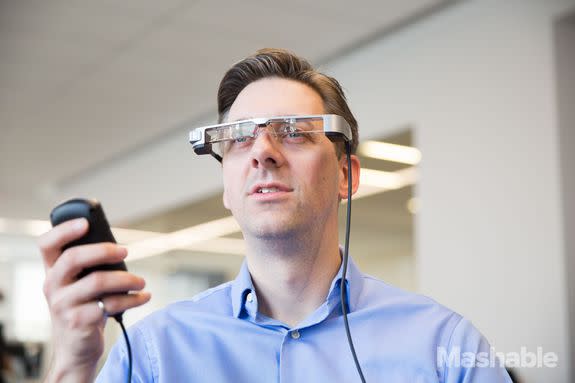
Image: Brittany Herbert/Mashable
The message from 2017 couldn't be clearer: In the battle for realities, augmented beats virtual. Apple's ARKit helped push the tech into the mainstream, and now every product that involves a camera or a screen is in a rush to become a part of the trend.
At CES, most of this will manifest in the form of one-off devices or services that allow a user to "try" a product (like a backpack or piece of furniture) without actually physically having it. Perhaps more interesting will be a new generation of augmented-reality glasses. They won't be mass-market devices, though; instead today's smart glasses will be all about specialized tasks like controlling drones or commercial applications, à la Google Glass 2.0.
7. Everybody ruins wireless headphones

Image: Lili Sams, Pete Pachal, Liz Pierson/Masahble
It was bound to happen: Now that Apple AirPods have become an unquestionable success (just look around you), every headphone manufacturer wants a piece of the "true wireless" action. Whereas last year was the big breakout year for true-wireless headphones, this will be the year they start the descent into commodities, with pairs that vary wildly in quality, cost, and even purpose.
Some will be genuinely great, while other "hearables" — earphones with extra sensors for monitoring heart rate, for example — feel more like expensive solutions looking for a problem. Regardless, AirPod imitators will be everywhere at CES 2018.
WATCH: Never tangle your headphones again with this simple cable retractor
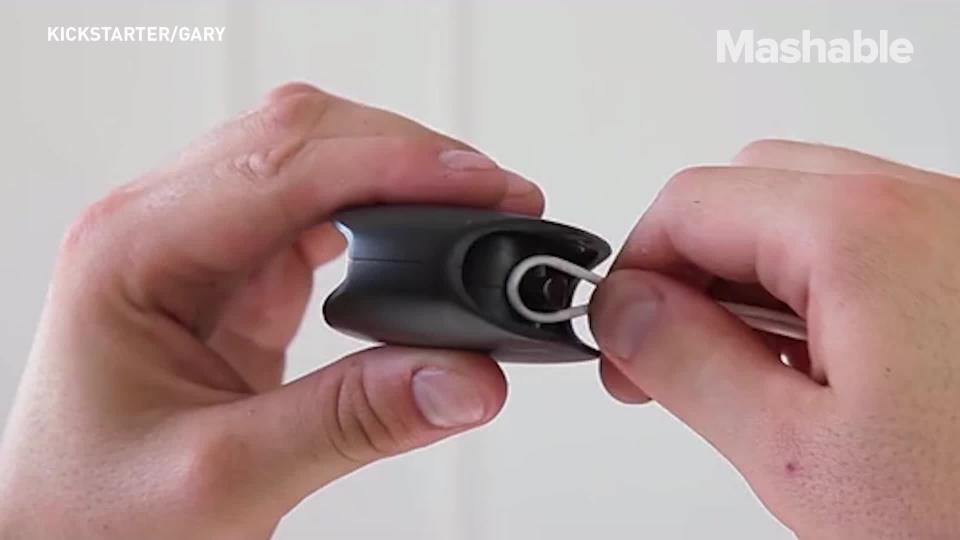

 Yahoo Sport
Yahoo Sport 






































